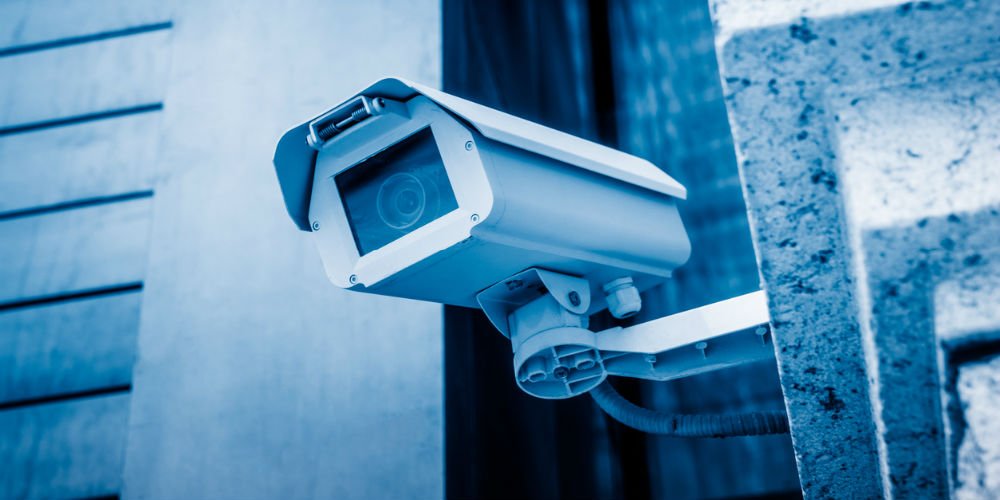While facial recognition has captured the media’s attention, object-identification software has gone largely unnoticed, considering the potential threat it could pose to individual privacy and affect it could have on police proceedings, according to The Intercept.
After 9/11, police departments in major cities began to consider what new technologies they could use in counterterrorism efforts. The New York City Police Department command center, known as the Lower Manhattan Security Coordination Center, integrated video analytics software that captures stills of individuals on closed-circuit TV footage into cameras all over the city. The images are automatically labeled with physical tags according to things clothing and hair color, allowing police to quickly search for people of interest. The software also updates the department on unattended packages, cars speeding on one-ways in the wrong direction, and people trespassing in restricted areas.
The NYPD has not been forthcoming about the program, which IBM developed based on secret access to NYPD camera footage, meaning they had access to thousands of New Yorkers daily lives since 2012. Their program has the ability to search for people captured in the footage based on hair color, facial hair, and skin tone. IBM has declined to comment to the Intercept on their usage of this footage, and the NYPD phased out the program in 2016.
Civil liberties groups are concerned about the secrecy involved in this programs implementation as well as the privacy issues it presents. They claim that New Yorkers have the right to know if they are being surveilled and that the program itself has the potential to racially profile citizens.
“I imagine a scenario where a vague description, like young black male in a hoodie, is fed into the system, and the software’s undisclosed algorithm identifies a person in a video walking a few blocks away from the scene of an incident,” said Jerome Greco, a digital forensics staff attorney at the Legal Aid Society, New York’s largest public defenders organization. “The police find an excuse to stop him, and, after the stop, an officer says the individual matches a description from the earlier incident.” All of a sudden, Greco continued, “a man who was just walking in his own neighborhood” could be charged with a serious crime without him or his at-torney ever knowing “that it all stemmed from a secret program which he cannot challenge.”
Rick Kjeldsen, a former IBM researcher, was bothered by the secrecy surrounding the IBM program and its involvement with the NYPD. “We certainly couldn’t talk about what cameras we were using, what capabilities we were putting on cameras,” Kjeldsen said. “They wanted to control public perception and awareness of LMSI” — the Lower Manhattan Security Initiative — “so we always had to be cautious about even that part of it, that we’re involved, and who we were involved with, and what we were doing.”
If you enjoyed this article and want to receive more valuable industry content like this, click here to sign up for our digital newsletters!










[…] Civil Rights Groups Concerned About Secrecy Behind IBM Surveillance Programs used by NYPD […]